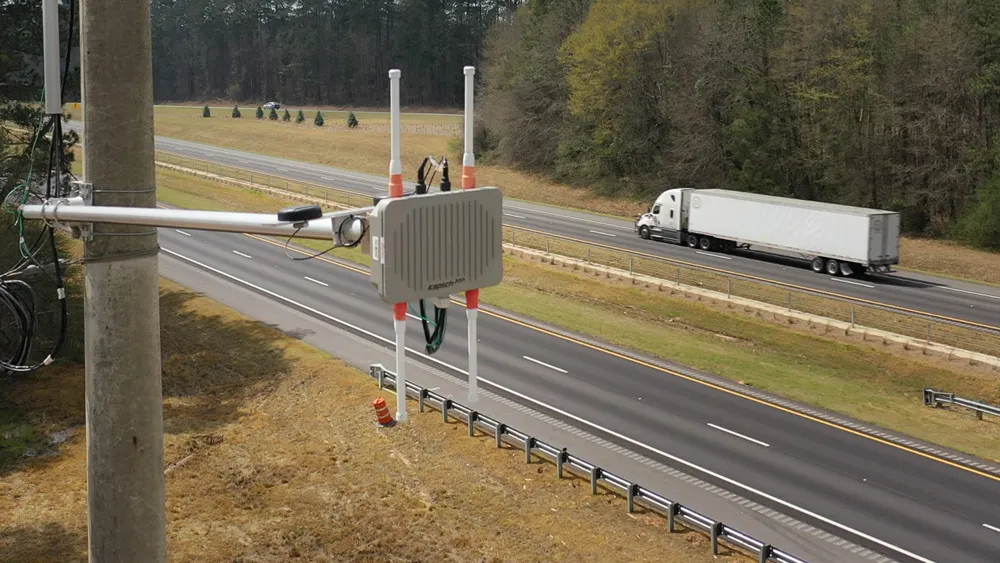During the snowstorm on 17 January, 2012, Washington State DOT (WSDOT) saw more than 800,000 people access its website – nearly twelve percent of Washington’s population. The DOT is taking steps to ensure it can handle that amount of traffic and higher, as well as the number of people who are accessing the website on a daily basis, which has increased from 78,000 unique visitors a day in 2011 to nearly 90,000 a day in 2012. Building the infrastructure that would be needed to handle infrequent weather spikes
October 12, 2012
Read time: 2 mins
During the snowstorm on 17 January, 2012, 451 Washington State Department of Transportation (WSDOT) saw more than 800,000 people access its website – nearly twelve percent of Washington’s population.
The DOT is taking steps to ensure it can handle that amount of traffic and higher, as well as the number of people who are accessing the website on a daily basis, which has increased from 78,000 unique visitors a day in 2011 to nearly 90,000 a day in 2012.
Building the infrastructure that would be needed to handle infrequent weather spikes doesn’t make economic sense. Over the years, the DOT has made numerous improvements so that they can function during bad weather days. However, to ensure the information needed to make informed travel decisions is available when required, the DOT decided to test cloud technology.
Essentially, they are renting the ability to handle those spikes in requests so that Washington travellers can make travel decisions in an emergency, by moving all its traffic camera images to the cloud now to test its ability to make the change. They hope this will ensure they are ready when bad weather or an emergency situation causes people to go immediately to the website to see what’s happening.
The DOT is taking steps to ensure it can handle that amount of traffic and higher, as well as the number of people who are accessing the website on a daily basis, which has increased from 78,000 unique visitors a day in 2011 to nearly 90,000 a day in 2012.
Building the infrastructure that would be needed to handle infrequent weather spikes doesn’t make economic sense. Over the years, the DOT has made numerous improvements so that they can function during bad weather days. However, to ensure the information needed to make informed travel decisions is available when required, the DOT decided to test cloud technology.
Essentially, they are renting the ability to handle those spikes in requests so that Washington travellers can make travel decisions in an emergency, by moving all its traffic camera images to the cloud now to test its ability to make the change. They hope this will ensure they are ready when bad weather or an emergency situation causes people to go immediately to the website to see what’s happening.










